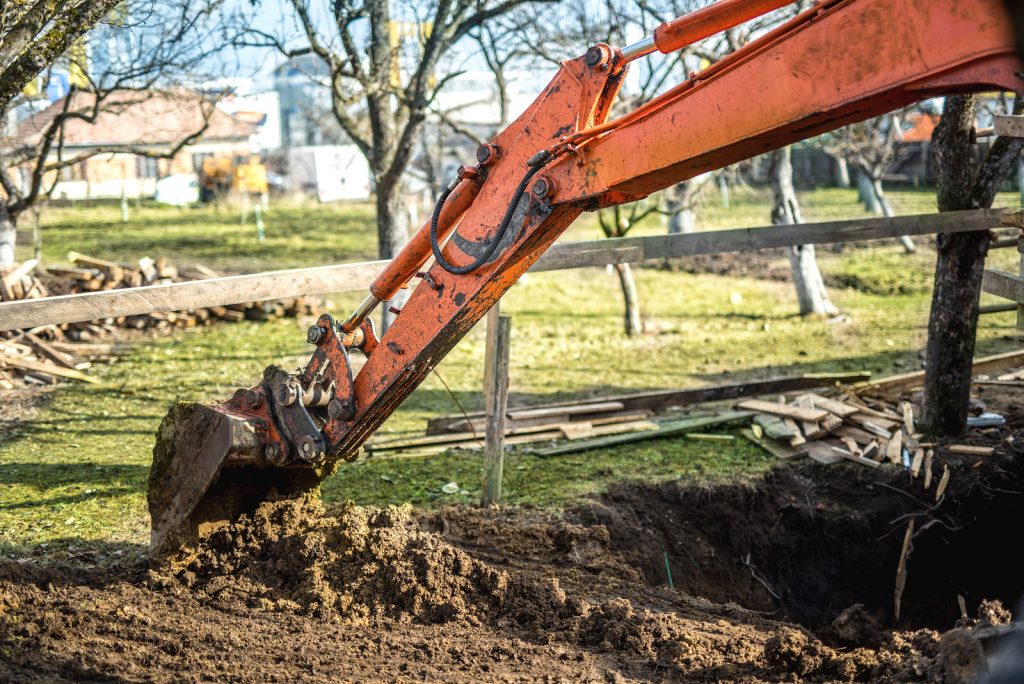What You Should Know About New Home Septic Installation

Many homes in the United States still use septic systems. This is because most rural areas and some suburban areas don’t have access to city sewer. There are some things you need to know when it comes to septic installation for your new home.
Typically, cities and towns and the areas immediately surrounding them will be on a city sewer system. The local public works department maintain these systems. There may be a monthly fee associated with its use. The homeowner has the convenience of not needing to maintain their wastewater outside of their home.
For homes outside of the local sewer system service area, a septic installation is the most common option. These systems are usually less expensive in the long run because they do not require a monthly fee, but they are the responsibility of the homeowner.
When it comes to having a septic system installed, keep in mind the size of your land, the depth of the water table at different times of the year, access for maintenance and possible future replacement, and bedrock material.
Septic tanks can vary in size depending on the number of people regularly using it, but tanks usually run about 12 feet by eight feet. For most homes, the drain field consists of two lateral 150-foot lines that are about 10 feet apart.
Before hiring a crew to install a septic system, it is wise to get a soil evaluation. This can inform you as to what systems are available to you. Make sure you are aware of all state regulations and obtain any permits required before installation begins.
Typically, there are two main types of wastewater systems: gravity fed and aerobic treatment. The wastewater in a gravity fed system should flow downhill.
Septic installation for a new home requires a lot of considerations. Most professional services should be able to help with the process, but it can be a good idea to be aware of what the process entails.
